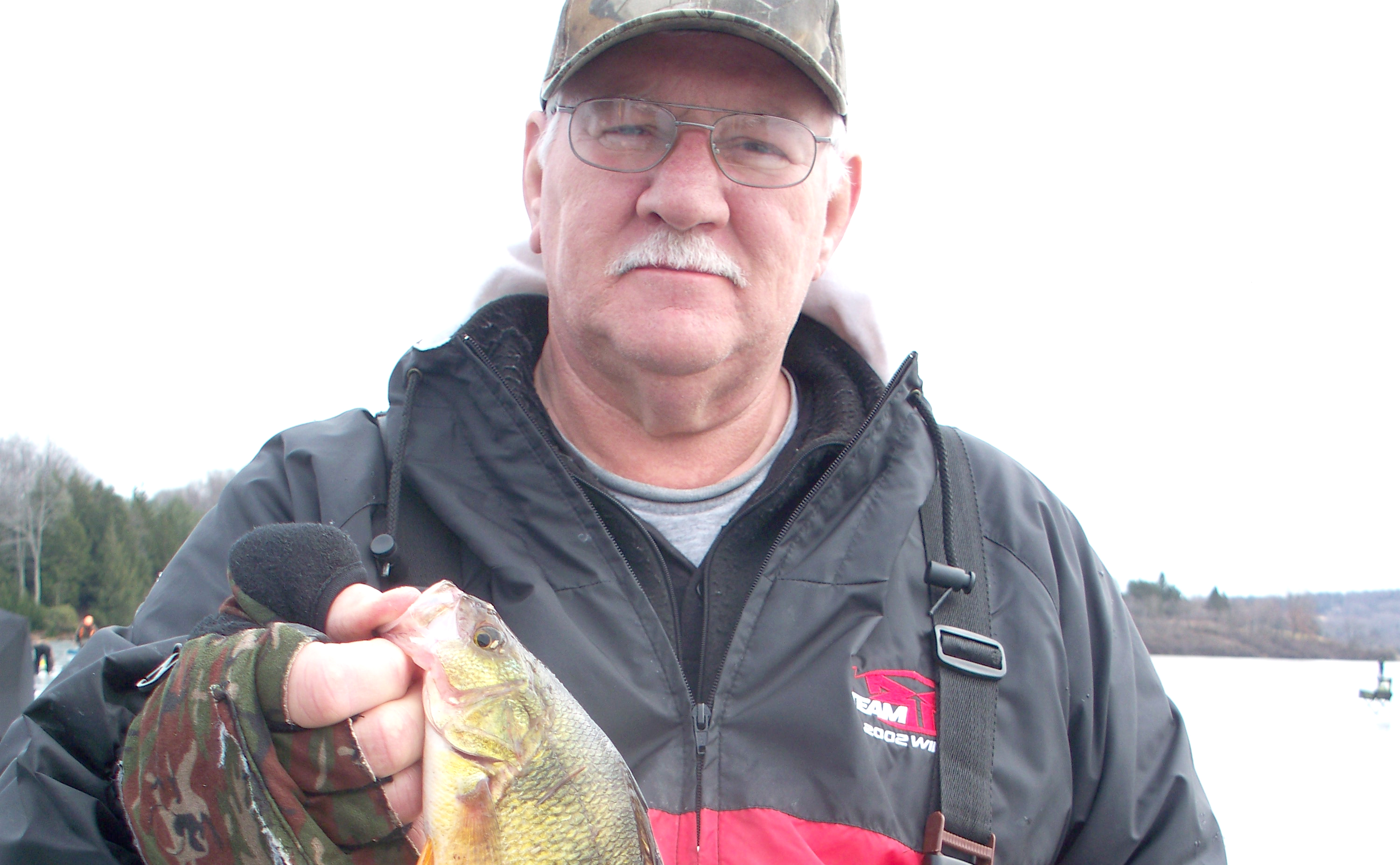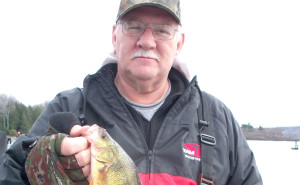Ice fishing tutorial, Part 2: Tips to stay comfortable
I’m sure there are a number of people who read the title of this story and they are still chuckling to themselves thinking it’s not possible to be comfortable while sitting on a frozen lake all day.
For those of us who are long-time members of the “Frozen Chosen,” however, we are actually quite adept at staying comfortable throughout a day of ice fishing even when temperatures drop into the single digits.
This column today is the second in a series of three. To learn about safety while ice fishing, click here. To get some tips on how to be a more successful ice angler, click here.
Maybe before we get too much further, I should attempt to define what I mean by the word “comfortable.”
Comfort can mean a lot of different things to a lot of different people. If you define comfort as being stretched out on a big, soft couch next to a crackling fireplace while sipping a cup of hot chocolate and nibbling on a stack of your favorite donuts, then chances are you would not consider a day on the ice all that alluring.
To be perfectly honest, that level of comfort is not likely to be attained while perched in the middle of a frozen lake with a steady breeze helping to drive temperatures down into the teens or lower. That being said, however, I must tell you that all those little black dots scattered over the distant lake surface are very likely not suffering, either — we are having fun and we are doing it in a relatively comfortable manner.
Let’s take a closer look at how the hard-water gang stays reasonably comfortable.
Obviously, the first place to start is to dress appropriately and that means dressing in layers starting with moisture-wicking long underwear like polypropylene. There are a number of products on the market today that pull moisture away from the skin and that’s important. Cotton next to the skin actually holds moisture making you colder.
The second layer is more of an insulating layer utilizing something like wool or fleece and the third layer should offer additional insulation as well as protection from wind, rain and snow.
In really cold weather, I will add a good quality down vest before donning my outer garment.
Today’s technology has given us some great winter clothing for all three layers — much of which is relatively lightweight and reasonably priced.
My ice fishing buddies and I wear bib overalls and an outer jacket that’s rated for cold temperatures and protects against wind and moisture — but also with a very important added feature: if you go through the ice, the garment’s tiny air pockets will keep you afloat.
Don’t skimp on foot wear — cold feet can ruin your day.
Several companies make a boot that is highly weather resistant and with sufficient insulation to keep your feet warm at temperatures below zero. I bought my boots a size larger so I could wear two pairs of wool socks — I never have cold feet even at below-zero temperatures.
A good, heavy wool hat that can be pulled over the ears is a good idea as well as an insulated pair of gloves or heavy mittens.
Throw a pocket warmer in each front pocket for those times when you have to take your gloves off — a quick dip into a warm pocket goes a long way.
Assuming you have dressed properly, the next move to assure comfort is a portable ice shelter.
In Pennsylvania you are limited to what you can pull out onto the ice and it must be removed when you leave the ice — therefore you want something you can easily pull.
You also want something that is quick and easy to erect. In the old days, we made our ice shelters out of whatever scrap wood and plastic was available, but here again modern technology has provided us with some great, easy-to-use ice shelters.
You want something that is quick and easy for one man to handle — you are there to catch fish not build fancy shelters.
One of the shelters with the canvas covering and light metal pole framework that pops into place with a simple pulling motion is ideal. A plastic base also provides seats and space to haul your equipment.
Just keeping the wind or snow off can make your day a lot more tolerable.
What I’ve mentioned so far is probably all you will need on most days, but if it’s really cold or you just want to increase your level of comfort another notch, you should add a small propane heater.
My kids got me a new Mr. Heater, Little Buddy propane heater for Christmas and it can make a world of difference especially when properly placed in an ice shelter.
Be sure to leave some air vents open when using the heater in your shelter.
Usually one of the small propane tanks will last all day, but I take an extra one along just in case.
One more thing: Don’t forget a Thermos of hot coffee or hot chocolate and you might want to take a dozen of your favorite donuts along, too.
Now if I could just find a way to get a big soft couch out onto the ice and into my shelter!
Check out the other two parts of this series: Tips for staying safe on the ice and tips for being a better ice angler.


